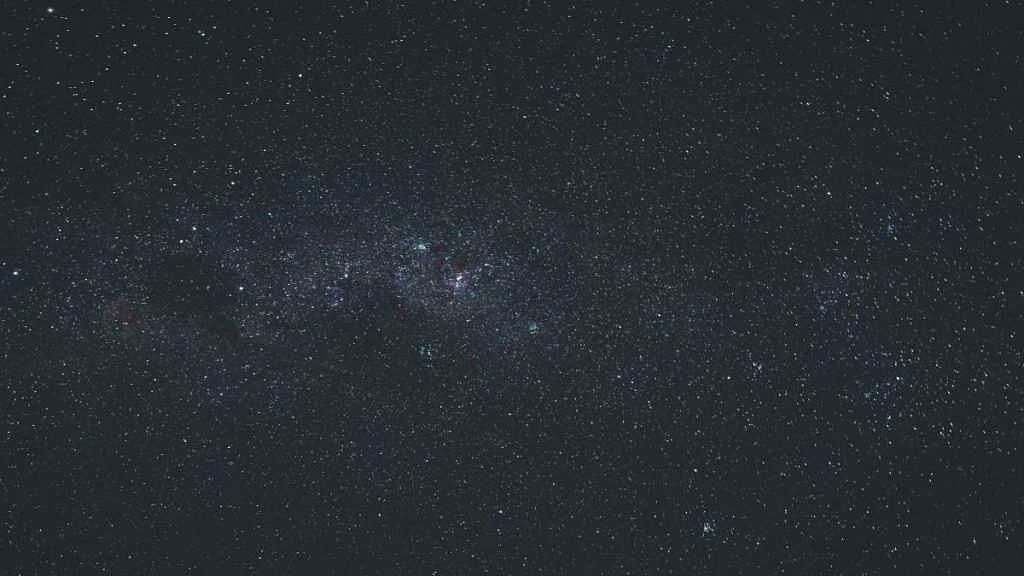New Delhi: Scientists have discovered unique gravitational waves that possibly originated from a cosmic collision between the most asymmetric pair of cosmic bodies ever observed — a blackhole and undefined space object.
The two objects spiralled towards each other and eventually merged, sending forth unique ripples through the fabric of space and time. These ripples were picked up by gravitational waves detectors on Earth.
Gravitational waves, first detected in September 2015, are tiny disturbances in space and times that move at the speed of light.
Since the first detection five years ago, scientists have been periodically picking up gravitational waves originating from colliding blackholes or neutron stars in deep space.
While two Advanced LIGO detectors in the US were the first to detect gravitational waves, the Advanced Virgo detector in Italy became part of the international network of detectors in August 2017.
Also read: Massive black hole collides with much smaller one, creates unique space event
Triple detector net catches signal
On 14 August 2019, the three-detector network observed a gravitational wave signal from an intriguing source. The signal was produced by the in-spiral and merger of two compact objects — a black hole and another cosmic object that scientists are yet to conclusively identify.
In astronomy, compact objects refer collectively to dense bodies which have very high mass.
Scientist Abhirup Ghosh said the event occurred about 800 million light-years away from Earth, which means it must have occurred around 800 million years ago.
Ghosh works at the Max Planck Institute for Gravitational Physics in Germany and is also a member of the LIGO Scientific Collaboration.
According to researchers, two outstanding features make the source of the waves, dubbed GW190814, unique.
First, the heavier compact object is about nine times more massive than its companion, making this the most asymmetric system observed with gravitational waves to date.
Second, the mass of the lighter object indicates that it is either the lightest black hole or the heaviest neutron star ever discovered in a system of two compact objects.
A neutron star is a small celestial body that is the remnant of a massive star after a supernova explosion at the end of its lifecycle. If the mass of the body isn’t heavy enough, it remains a neutron star or else converts to a blackhole, where the pull of gravity is so strong, that even light cannot escape.
These features challenge the understanding of the masses that compact objects can have and the way they end up in merging systems.
“We have discovered something that is as mysterious an object as we can possibly find, with tremendous scientific and astrophysical implications. It probes a part of the space that we had no prior knowledge about,” said scientist Ghosh.
Speaking to ThePrint, he said they could not be sure of the nature of the second object.
Also read: The world gets its first look at a black hole. Here’s how we got there
New avenue of research
The two unique features will lead to some groundbreaking research, as teams set out to understand more about the details of the event, Ghosh said.
GW190814 is also the third ‘loudest’ gravitational wave event observed to date — the signal is strong enough to be visible to the naked eye in the spectrogram.
Though follow-up searches with telescopes were carried out, they did not yield any results that allowed scientists to see the source of the gravitational waves.
Usually, scientists can infer the nature of the cosmic object by unique signatures in the gravitational waves, Ghosh said.
In the case of a merging system involving a neutron star, the gravitational force exerted by its companion raises a tide on the star, similar to the ocean tides raised on Earth by the Moon.
However, for a system as massive and asymmetric as GW190814, the tidal imprint is too small to measure. Estimates of the masses of the objects suggest that the lighter compact object is probably too heavy to be a neutron star, and is therefore more likely to be the lightest black hole ever observed in a merger.
However, the team can not rule out the possibility that GW190814 contains an especially heavy neutron star, which would overturn the scientific understanding about how heavy a neutron star can be, Ghosh said.
Due to the uniqueness of the system, explaining its formation is very challenging for all current models.
Also read: Einstein predicted blackholes in the early 1900s but their weirdness stopped him
